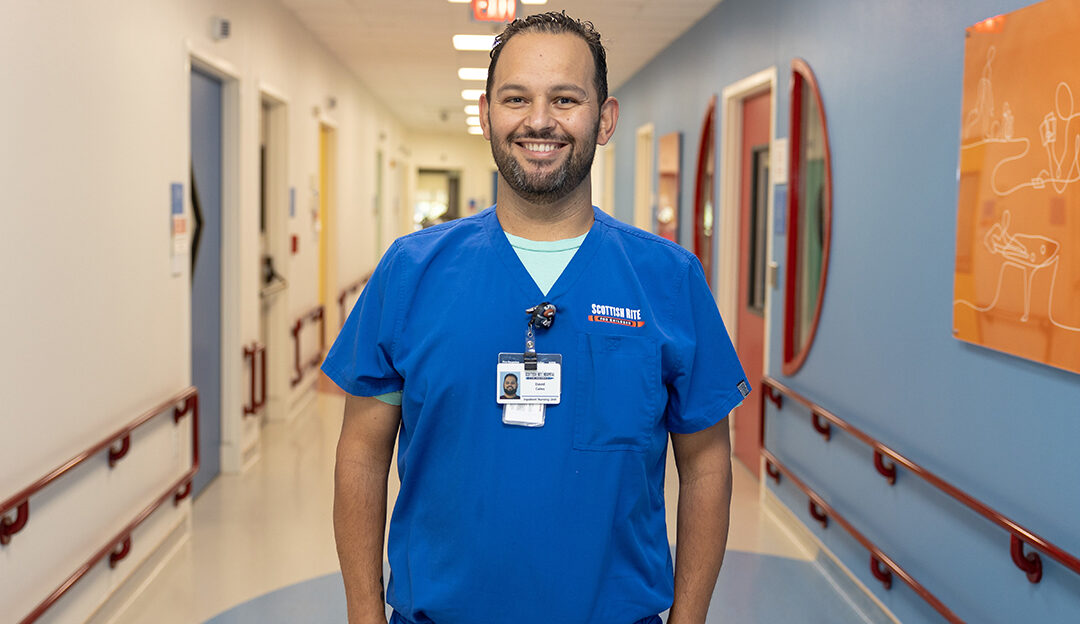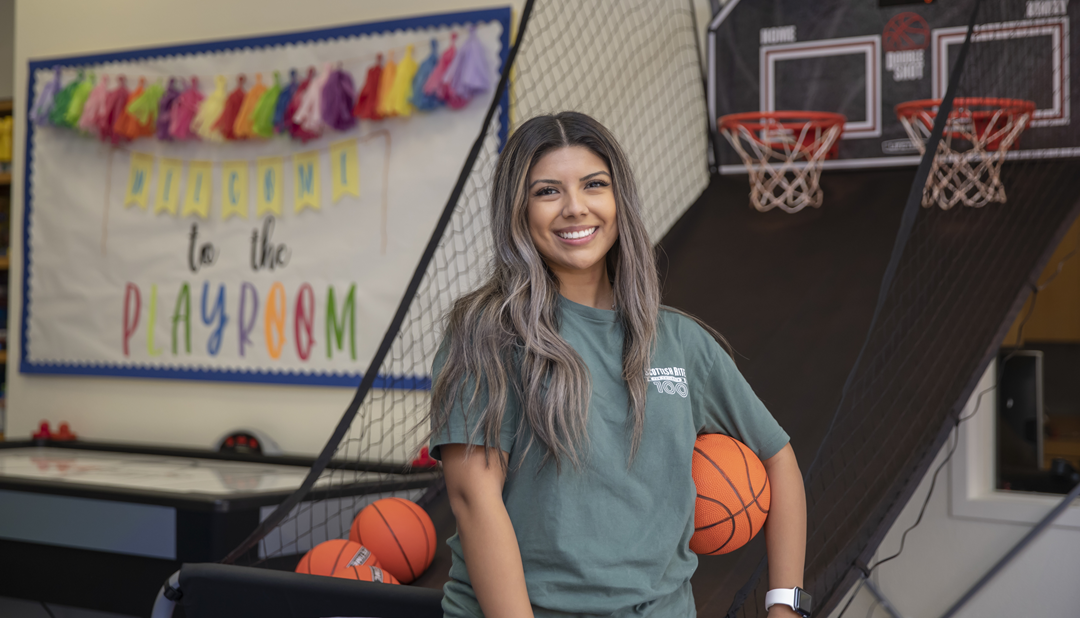
Get to Know our Staff: Ericka Gonzalez, Child Life
I am the Child Life program coordinator.
What do you do on a daily basis or what sort of duties do you have at work?
On a daily basis, I plan, prepare and supervise activities in the Child Life playroom for our patients on the inpatient unit. Throughout the day, I check in with patients during their stay at Scottish Rite to provide toys and activities for distraction. I also train playroom volunteers, manage donations and assist with administrative tasks.
What was your first job? What path did you take to get here or what led you to Scottish Rite? How long have you worked here?
My first job was working as a summer camp counselor for Rainbow Days, a nonprofit organization that assists children in homeless shelters. That is where my love for working with children began. I have worked at Scottish Rite for a little more than three years now. I started as the Child Life assistant then moved to Family Services and recently transitioned back to Child Life.
What do you enjoy most about Scottish Rite?
Interacting and playing with our patients. I love to watch them have fun in the playroom and come out of their shell once they get comfortable. Aside from our patients, I enjoy the fries and frozen yogurt from the cafeteria and the antique carousels.
Tell us something about your job that others might not already know.
I have to know how to work six different video game consoles. We have video game carts we take to patient’s rooms and also have some in the playroom.
Where is the most interesting place you’ve been?
Hawaii for sure. The views are 10/10.
What is your favorite game or sport to watch and play?
My favorite sport to watch is football, and I like to play soccer. The Cowboys and Kansas City Chiefs are my favorite football teams.
What’s one fun fact about yourself?
I went to college with Patrick Mahomes. Also, I like going to boxing workout classes.
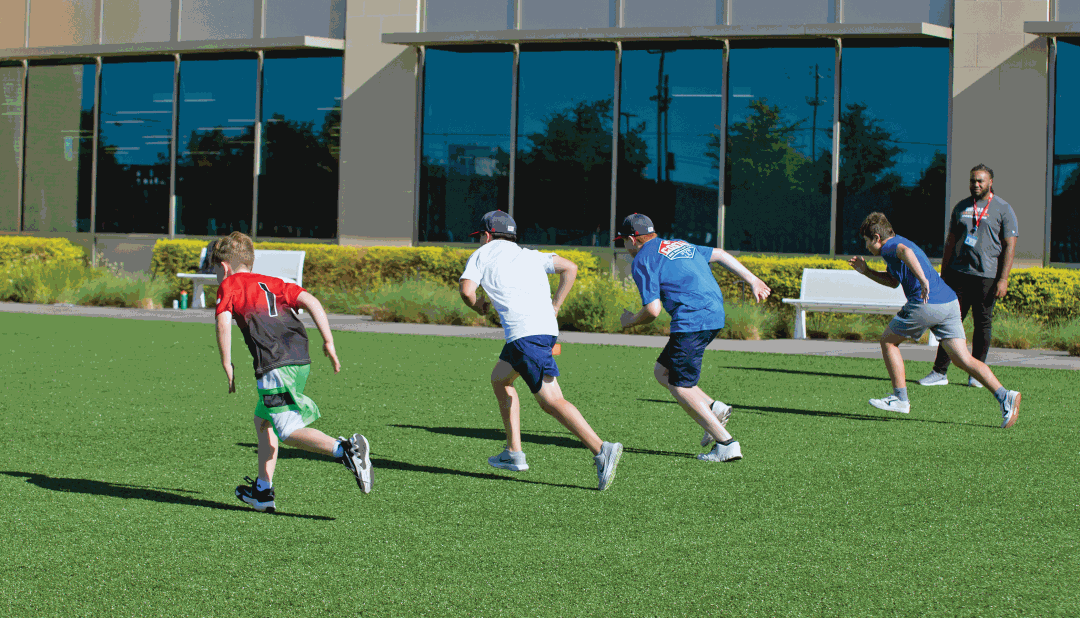
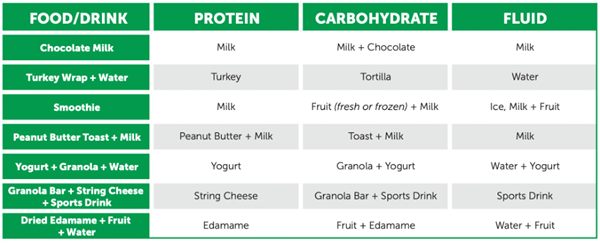

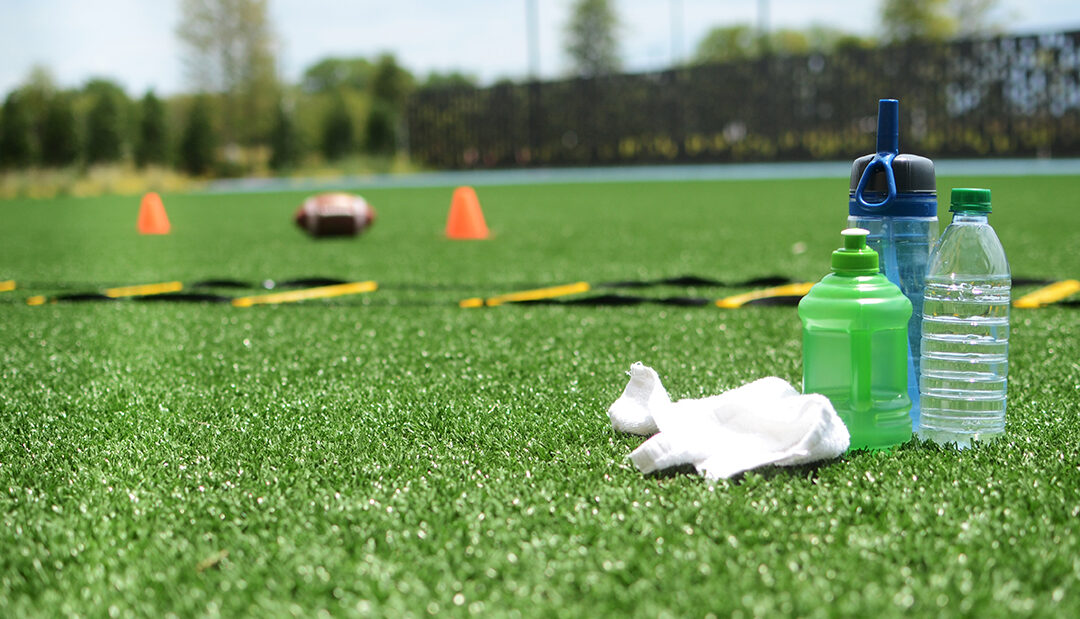
.jpg?width=449&height=658)
